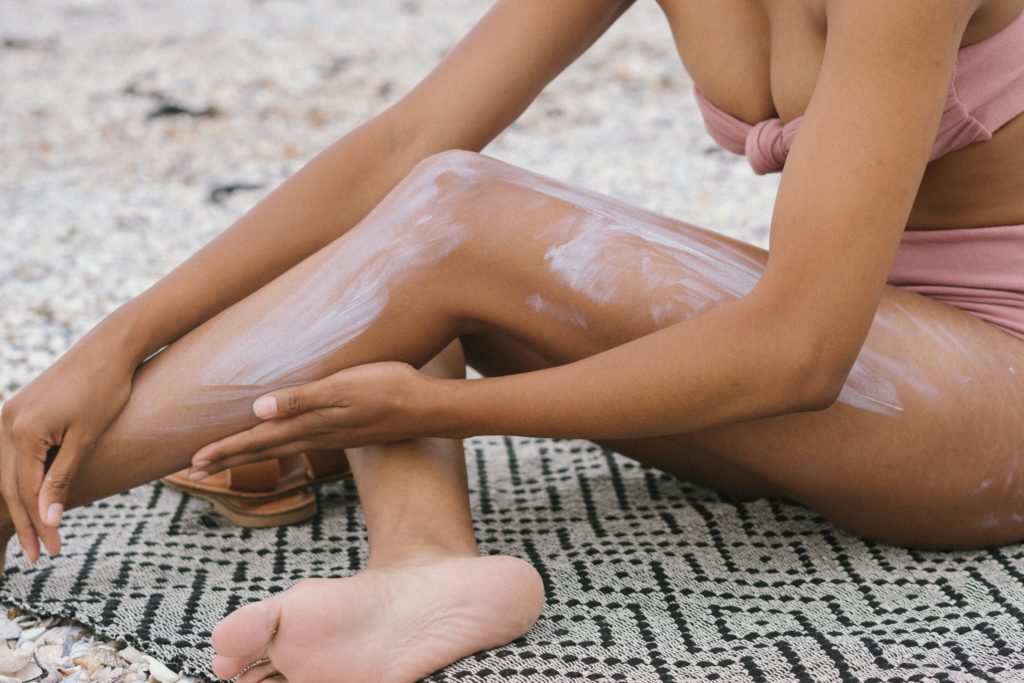Beach Day Skincare Essentials
Spending a day at the beach is a great way to unwind and enjoy the outdoors. However, it’s important to keep in mind that exposure to the sun, salt water, and wind can be harsh on your skin. Sunburns, dryness, and premature aging are some of the consequences of not taking proper care of your skin during a beach day. To avoid these unwanted outcomes, it’s essential to pack the right skincare essentials. In this article, we’ll provide a comprehensive guide to the essential skincare products and practices that will help protect and nourish your skin during a day at the beach. Pre-Beach Skincare Routine Your pre-beach skincare routine is just as important as your beach-day routine. Here are some essential steps to follow: Beach Day Skincare Essentials Now that you’re ready to hit the beach, here are some essential skincare products that you should pack in your beach bag: Post-Beach Skincare Routine After a day at the beach, it’s essential to give your skin some extra care and attention. Here are some post-beach skincare steps to follow: Tips for Taking Care of Your Skin While at the Beach In addition to using the right skincare products, here are some additional tips to keep in mind to help protect your skin during a day at the beach: Conclusion Taking care of your skin during a day at the beach is crucial to prevent sun damage, premature aging, and other skin problems. By following the pre-beach, beach-day, and post-beach skincare routines and taking other protective measures, such as staying hydrated and wearing protective clothing, you can enjoy the sun and the surf without compromising the health and appearance of your skin. FAQs 1. Can I use my regular moisturizer as a sunscreen? No. While some moisturizers may contain SPF, they typically do not provide enough protection from prolonged sun exposure. It’s best to use a broad-spectrum sunscreen with at least SPF 30. 2. Is it safe to wear makeup to the beach? Yes, you can wear makeup to the beach, but make sure to choose water-resistant or waterproof products that won’t smear or smudge in the water. Also, make sure to apply sunscreen before your makeup to ensure that your skin is protected. 3. Can I use the same sunscreen for my face and body? While you can use the same sunscreen for both your face and body, it’s best to use a separate sunscreen specifically formulated for your face. Facial sunscreens are typically lightweight, non-greasy, and won’t clog your pores. 4. What should I do if I get sunburned at the beach? If you do get sunburned, take a cool shower or bath to help soothe your skin. Apply aloe vera or a soothing after-sun product to help calm the burn. Drink plenty of water to stay hydrated and avoid further sun exposure until your skin has healed. 5. Can I still get sunburned on a cloudy day at the beach? Yes, you can still get sunburned on a cloudy day at the beach. The sun’s UV rays can penetrate through clouds, so it’s important to wear sunscreen and take other protective measures regardless of the weather conditions. 6. Are spray sunscreens as effective as lotion sunscreens? Yes, spray sunscreens can be just as effective as lotion sunscreens if applied properly. Make sure to spray the sunscreen generously and rub it in to ensure even coverage. 7. Can I use tanning oil instead of sunscreen? No, tanning oils do not provide enough protection from the sun’s harmful UV rays. They may actually increase your risk of sunburn and skin damage. It’s best to use a broad-spectrum sunscreen with at least SPF 30 to protect your skin. 8. What should I do if I forget to bring sunscreen to the beach? If you forget to bring sunscreen to the beach, try to find some shade or cover up with protective clothing until you can purchase sunscreen. Many beach shops and convenience stores sell sunscreen, but make sure to choose a broad-spectrum sunscreen with at least SPF 30 for adequate protection. 9. How often should I reapply sunscreen at the beach? It’s recommended to reapply sunscreen every two hours or immediately after swimming or sweating. Even water-resistant sunscreens can wear off after prolonged exposure to water, so make sure to reapply regularly. 10. What’s the difference between UVA and UVB rays? UVA rays are longer and penetrate deeper into the skin than UVB rays, and can cause long-term damage such as premature aging and skin cancer. UVB rays are shorter and are the main cause of sunburn. It’s important to use a broad-spectrum sunscreen that protects against both UVA and UVB rays. 11. Can I use a facial moisturizer with SPF instead of sunscreen? While some facial moisturizers may contain SPF, they typically do not provide enough protection from prolonged sun exposure. It’s best to use a separate facial sunscreen with at least SPF 30 to ensure adequate protection. 12. Can I still get a tan while wearing sunscreen? Yes, you can still get a tan while wearing sunscreen, but the amount of tan you get may be less than if you were not. It’s important to remember that a tan is a sign of skin damage and that prolonged sun exposure without protection can increase your risk of skin cancer.
Beach Day Skincare Essentials Read More »

